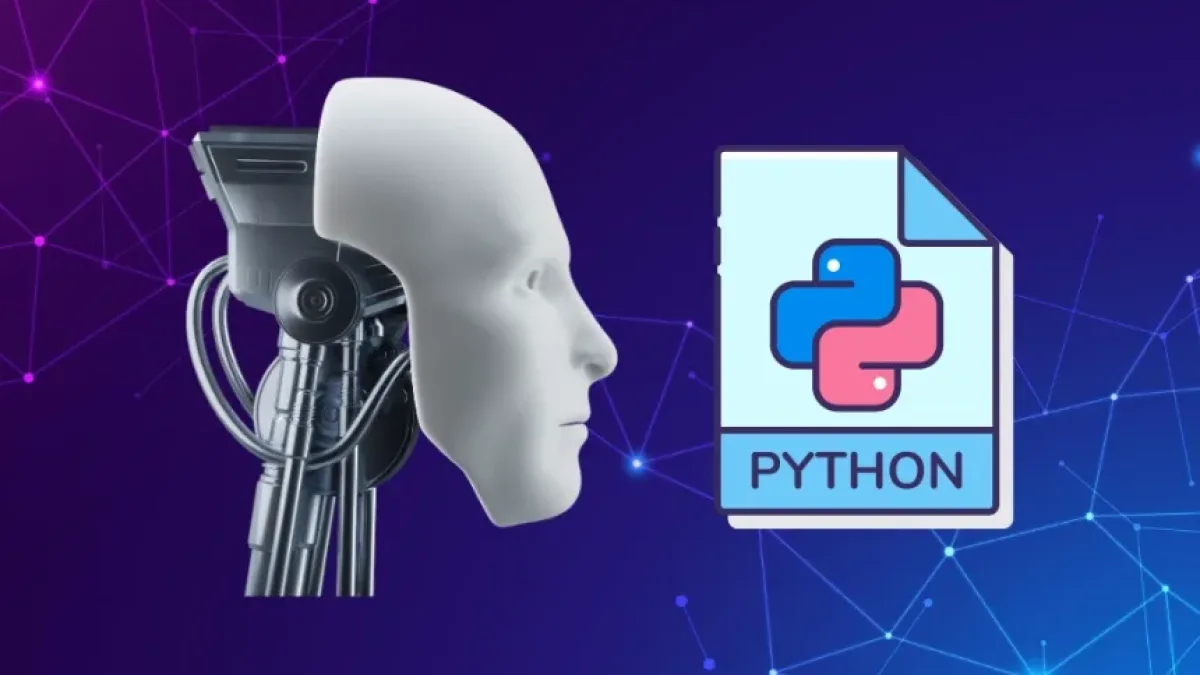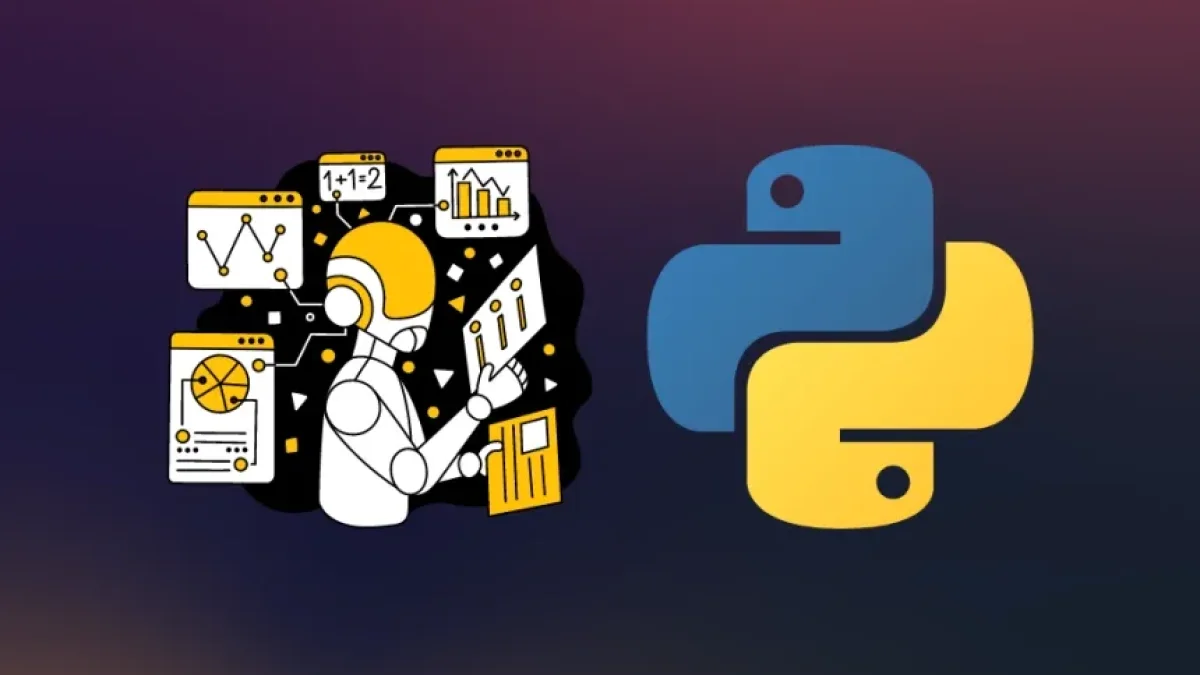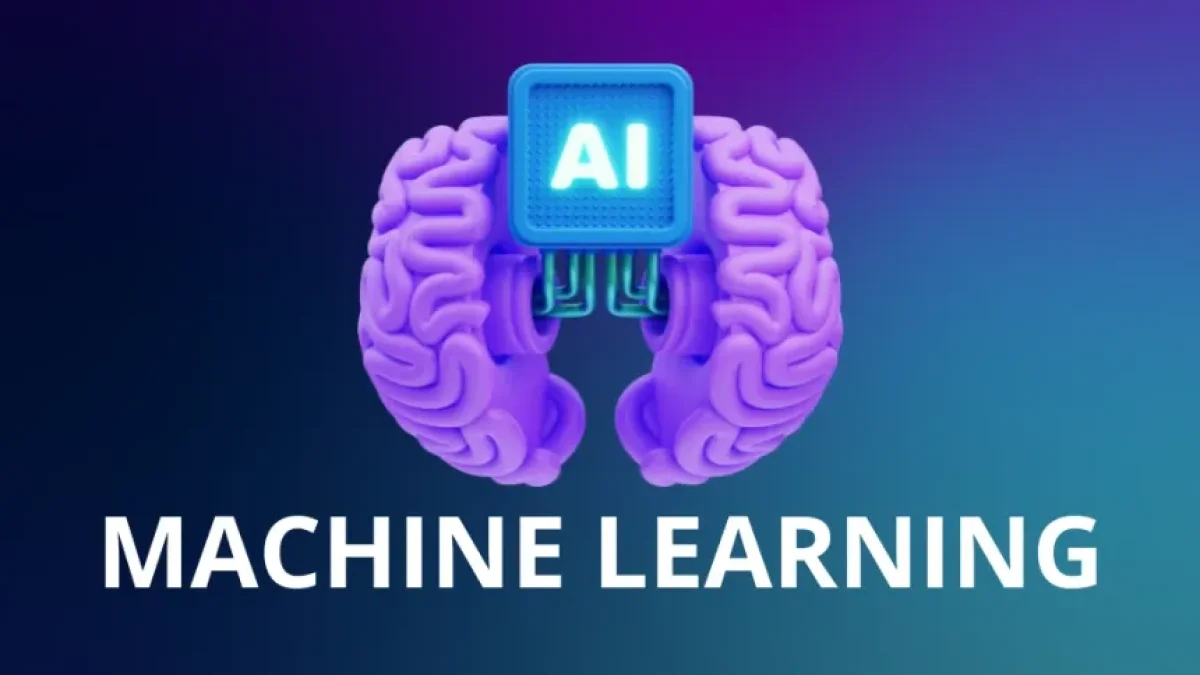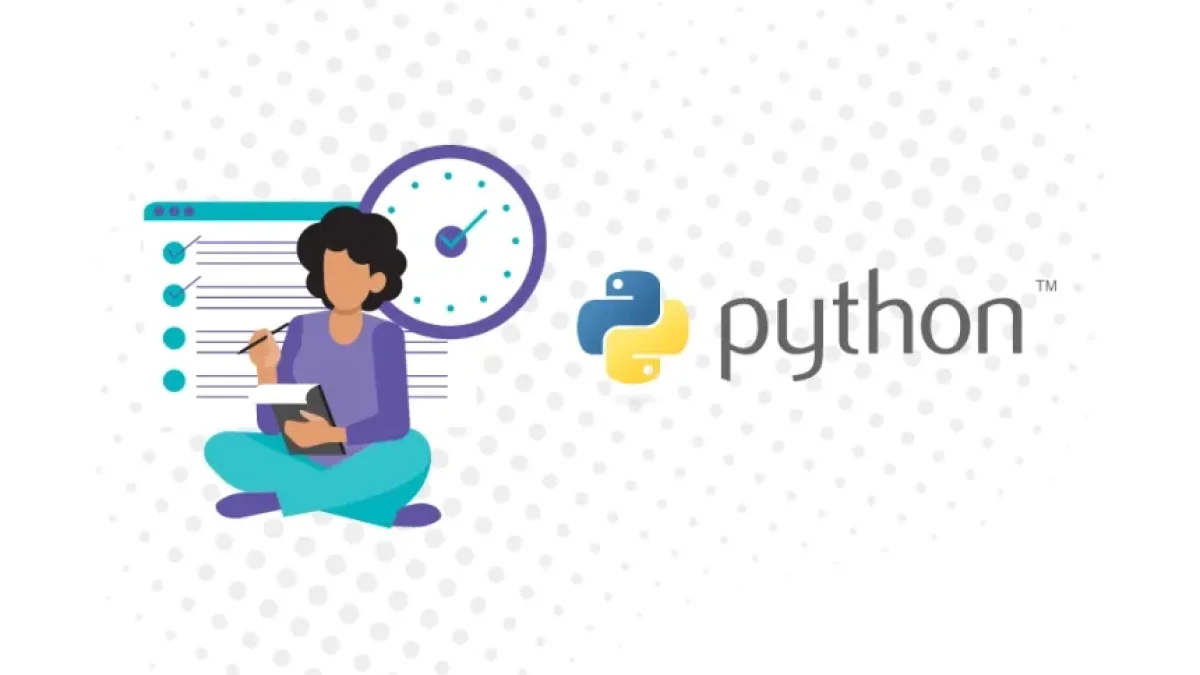How to Build Your First Machine Learning Model in Python


Artificial intelligence and machine learning are revolutionizing various industries, and learning how to build machine learning models is an invaluable skill today. In this article, I will guide you through the process of creating your first machine learning model using Python. We will cover everything from installing the necessary tools to evaluating the model.
What is Machine Learning?
Machine learning is a branch of artificial intelligence focused on creating algorithms that allow computers to learn from data. This means that instead of programming a computer to perform a specific task, it is allowed to learn from existing data and make decisions based on patterns.
Prerequisites
Before you begin, make sure you have Python installed on your system. You will also need a development environment like Jupyter Notebook or any IDE of your choice.
Installing Python
You can download Python from its official site. Ensure you install version 3.x, as it is the recommended version.
Read also
Installing Necessary Libraries
To build your machine learning model, we will need some popular libraries. Open a terminal and run the following commands:
pip install numpy pandas scikit-learn matplotlib seaborn
Step 1: Import Libraries
Once you have everything installed, open your development environment and start by importing the necessary libraries.
import numpy as np import pandas as pd import matplotlib.pyplot as plt import seaborn as sns from sklearn.model_selection import train_test_split from sklearn.linear_model import LinearRegression from sklearn.metrics import mean_squared_error, r2_score
Step 2: Load the Dataset
For this tutorial, we will use a sample dataset. A classic is the Boston housing prices dataset. You can use the following code to load it:
from sklearn.datasets import load_boston data = load_boston() boston = pd.DataFrame(data.data, columns=data.feature_names) boston['MEDV'] = data.target
Exploring the Data
It is important to understand the data before building a model. Use the following code to explore the dataset:
print(boston.head()) print(boston.describe())
Step 3: Preprocess the Data
Cleaning and preparing the data are crucial for the success of your model.
Handling Missing Data
Check for missing data and, if necessary, perform imputation.
print(boston.isnull().sum())
Splitting the Dataset
Split the dataset into features and target labels:
X = boston.drop('MEDV', axis=1)
y = boston['MEDV']Separating Training and Test Data
Split the data into a training set and a test set:
X_train, X_test, y_train, y_test = train_test_split(X, y, test_size=0.2, random_state=42)
Step 4: Build the Model
Now we can build our linear regression model:
model = LinearRegression() model.fit(X_train, y_train)
Step 5: Make Predictions
Once the model is trained, we can make predictions on the test data:
y_pred = model.predict(X_test)
Step 6: Evaluate the Model
It is essential to evaluate the model's performance using appropriate metrics. We will use Mean Squared Error (MSE) and the Coefficient of Determination (R²) to evaluate our model:
mse = mean_squared_error(y_test, y_pred)
r2 = r2_score(y_test, y_pred)
print(f'MSE: {mse}')
print(f'R²: {r2}')Step 7: Visualize the Results
Good visualization always helps. Use the following code to plot the predictions against the actual values:
plt.scatter(y_test, y_pred)
plt.xlabel('Actual Values')
plt.ylabel('Predictions')
plt.title('Predictions vs Reality')
plt.show()Conclusion
You have completed your first machine learning model in Python. From installing the libraries to model evaluation, you have learned the fundamental steps to build a machine learning model.
Remember that practice is key, so experiment with different datasets and algorithms to improve your skills.
Additional Resources
Now that you have a solid foundation, it’s time to explore and experiment more with machine learning in Python!



















